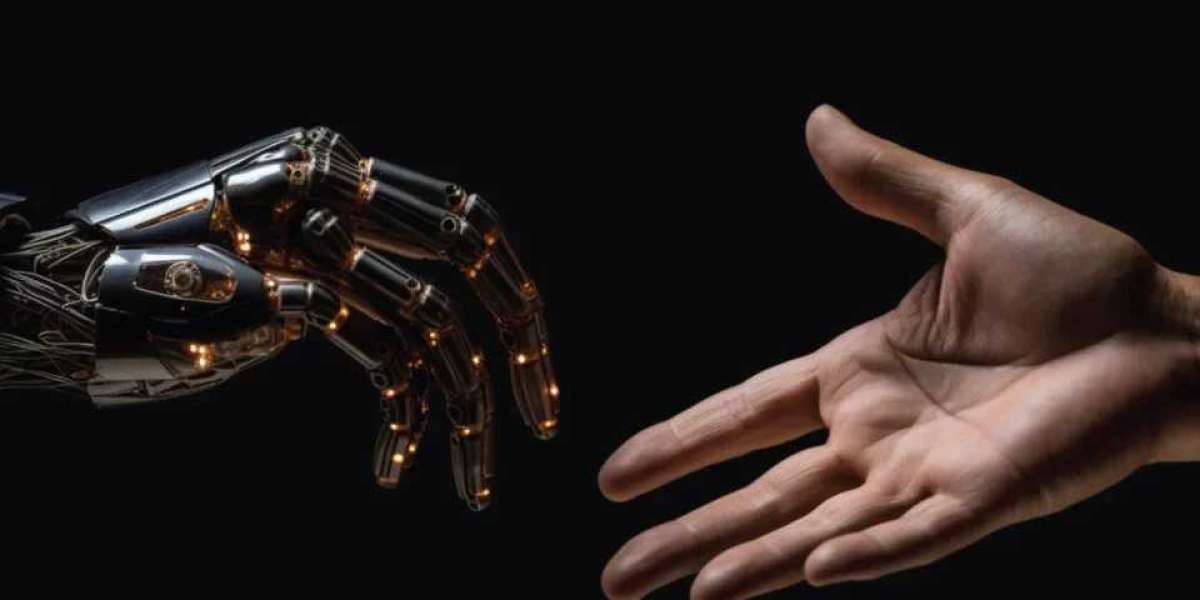The film industry has long been a master of illusion, crafting worlds that transport audiences to different times and places. One of the most fascinating aspects of this craft is the creation of historical document imitations. These replicas are not just props; they are meticulously designed pieces of art that add authenticity and depth to the storytelling. In this article, we will delve into the intricate world of historical document imitations in the film industry, exploring their significance, creation process, and impact on cinematic experiences.
The Significance of Historical Document Imitations
Historical document imitations play a crucial role in grounding a film in its intended era. Whether it's a medieval scroll, a Victorian-era letter, or a World War II map, these documents help to establish the time period and context of the story. They provide visual cues that enhance the believability of the narrative, allowing viewers to immerse themselves fully in the film's world. Without these carefully crafted imitations, the illusion of time travel would be significantly weakened.
The Creation Process
The creation of historical document imitations is a meticulous process that involves extensive research and attention to detail. Art directors and prop makers often collaborate with historians and experts to ensure accuracy. The process begins with studying authentic documents from the relevant period. This includes examining the materials used, the handwriting styles, the language, and even the aging process of the paper.
Once the research is complete, the actual crafting begins. Modern techniques such as digital printing and laser cutting are often combined with traditional methods like hand-lettering and parchment aging. The goal is to create a document that looks and feels as though it has survived through the ages. For instance, a letter from the 18th century might be written with a quill and ink on handmade paper, then artificially aged using tea stains and careful crumpling.
Examples of Historical Document Imitations in Films
Numerous films have showcased the art of historical document imitations. In period dramas, letters and diaries often serve as pivotal plot devices. For example, a love letter from the 19th century might reveal crucial information about the characters' relationships. In adventure films, ancient maps and scrolls guide the protagonists on their quests, adding an element of mystery and excitement.
One notable example is the use of historical documents in war films. Authentic-looking military orders, maps, and propaganda posters help to recreate the atmosphere of the battlefield. These documents not only add to the visual authenticity but also provide insight into the strategies and mindsets of the characters involved.
The Impact on Cinematic Experience
The impact of historical document imitations on the cinematic experience cannot be overstated. These replicas contribute to the overall production design, enhancing the visual storytelling and making the film more engaging. They allow viewers to suspend disbelief and become fully immersed in the narrative. The attention to detail in these imitations reflects the filmmakers' commitment to authenticity, which in turn earns the audience's trust and admiration.
Moreover, historical document imitations often become iconic elements of the films they appear in. They can evoke strong emotional responses, whether it's the thrill of discovering a hidden message or the poignancy of reading a heartfelt letter. These documents serve as tangible connections to the past, bridging the gap between history and fiction.
Conclusion
The art of historical document imitations in the film industry is a testament to the power of detail in storytelling. These carefully crafted replicas enhance the authenticity of the narrative, allowing audiences to journey through time and experience different eras. By combining meticulous research with artistic craftsmanship, filmmakers create documents that are not just props, but integral components of the cinematic world. As viewers, we are fortunate to witness the magic of these historical document imitations, which continue to enrich our movie-watching experiences.


